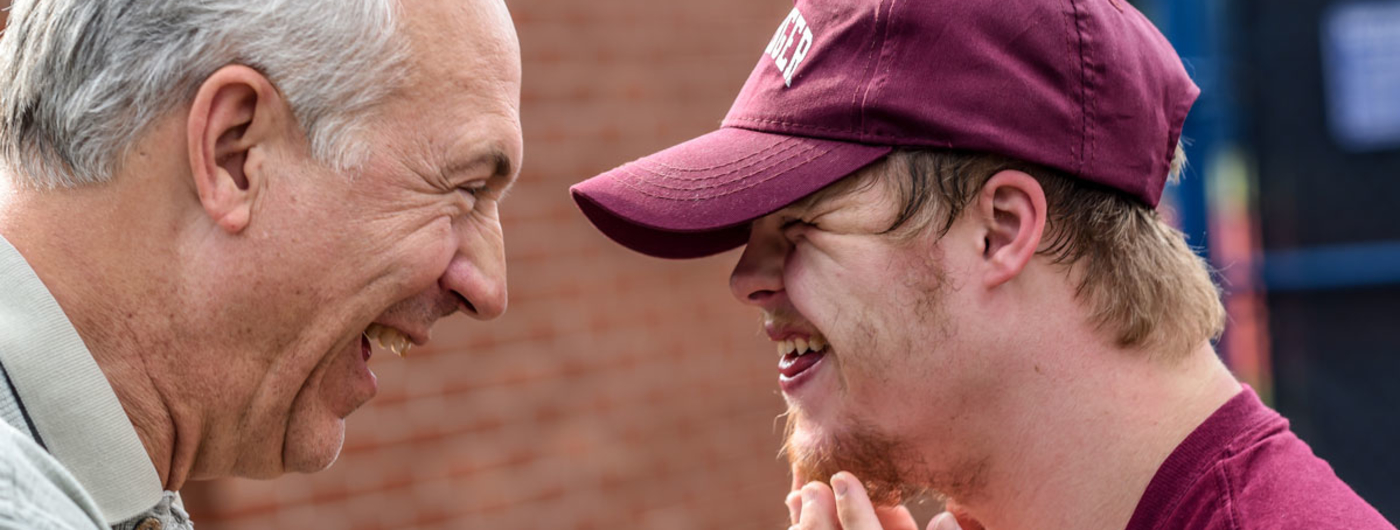What it is
A disability is any difficulty that causes someone to need extra support to succeed. These difficulties can be physical, emotional, behavioral or learning-related. Young people of different backgrounds and all abilities need the chance to learn together. There is a lot of research about formal inclusive education, but very little specific about nonformal settings.
Inclusive education values everyone's uniqueness and the diversity that they bring. The goal is that every child feels a sense of belonging, value and safety. Provide a place for youth to develop relationships, skills and friendships. Inclusive settings are higher quality and fosters empathy. Youth need to socialize, play and learn together to develop understanding and respect. An inclusive youth program can lead to more inclusive community life.
Why it matters
During the 2020-2021 school year, 15% of public school students nationwide received special education services. In Minnesota, almost 17 out of every 100 students in youth programs may have a disability. It's our responsibility to provide a welcoming and inclusive environment for all.
Federal law prohibits discrimination against individuals with disabilities in public places. This includes public youth development organizations. It's our responsibility to ensure that youth programs are open and accommodating to everyone. Everyone benefits from these supports. Youth programs are well positioned to provide environments that support all youth to thrive. This is because we offer them chance to connect and learn together outside of school.
What effective practice looks like
Effective practice means striving to learn strategies to best meet needs. This also means that staff need training on how to work with special needs individuals. It's about being intentional about planning and organizing programs. A key part of this is developing strong relationships with parents of special-needs youth in which we are open and honest about the young person's needs.
As youth development professionals, we strive to serve the best interests of all of our program participants. Working with special needs audiences may need more time to ensure success. Nonformal youth educational settings should accommodate all youth and this includes those with special needs. Accommodating practices benefit all youth. It is something that you already know how to do, but might not realize.
Tips for program staff
To create a more inclusive youth program
- Do your homework. Connect with parents to determine needs and accommodations in a one-on-one, guided conversation. In situations when this may be uncomfortable, you can use an accommodations request form. Here is an example of a Minnesota 4-H accommodations request form.
- Be flexible. Be willing to adjust how or what you're doing, based on how youth are reacting to the program and you. When something isn’t working, try something new.
- Interact with the young person. If they can answer questions, talk directly to them, rather than their parent or guardian. This shows a sincere interest, and gives them the chance to advocate for themselves.
- Observe. Remember to watch what is working or not working and adjust your practice. Observe youth in your own setting and in other settings, too, if possible.
- Be consistent. If possible, have the same expectations of all youth, but be flexible. Consistency allows all youth present to have better understand expectations.
- Show understanding. Try to understand what participants are experiencing and their needs. This means trying to think about things from the perspective of the special needs person.
- Use supports and cues. Participants may need extra supports (visuals, audio or physical). Visual supports may include visual schedules that show the order that activities will be completed or social stories. These stories show what a person will experience, as well as the social nuisances and proper behaviors of the specific situation. Physical cues can be as simple as touching someone’s shoulder to remind them to focus.
- Establish relationships. Open and honest relationships are important with youth and their parents. The more open and honest we can be with each other, the better. This allows families to feel that they can truly share about their youth’s needs and that we have the best interests of their youth in mind.
- Be positive. Look for what people are good at and interested in, versus seeing what they cannot do. Think about ways that these strengths can be used to help everyone.
- Have a plan (and a backup plan). Things don’t always go as planned and we need plans in place to fall back on. This means thinking ahead about what may happen in a situation, and how we might adjust.
- Use preferential seating. Place people in a way that promotes success. This means looking at how the participant's ability to learn and to stay engaged may be affected by where or how they sit.
- Look at the environment. Do a sensory and facility assessment. This takes into account how the environment might support or hinder your participant. Here is an example of a sensory and facility assessment from Minnesota 4-H.
- Inclusion of Youth with Disabilities in 4-H: A Scoping Literature Review. (2019). Journal of Extension.
- Special Education: Definition, Statistics, and Trends. Education Week. (2019). Education Week.
- Diversity inclusion in 4-H youth programs: Examining the perceptions among West Virginia 4-H youth professionals. (2013). Journal of Extension.
- Current practices for training staff to accommodate youth with special health care needs in the 4-H camp setting. (2013). Journal of Extension.
- Working With Children With Special Needs in 4-H and FFA: Tips for Success. (2013). Agricultural Education Magazine.
- Teaching the special needs learner: When words are not enough. (2011). Journal of Extension.
- Text to speech: A 4-H model of accessibility and inclusion. (2012). Journal of Extension.
Reviewed in 2023


